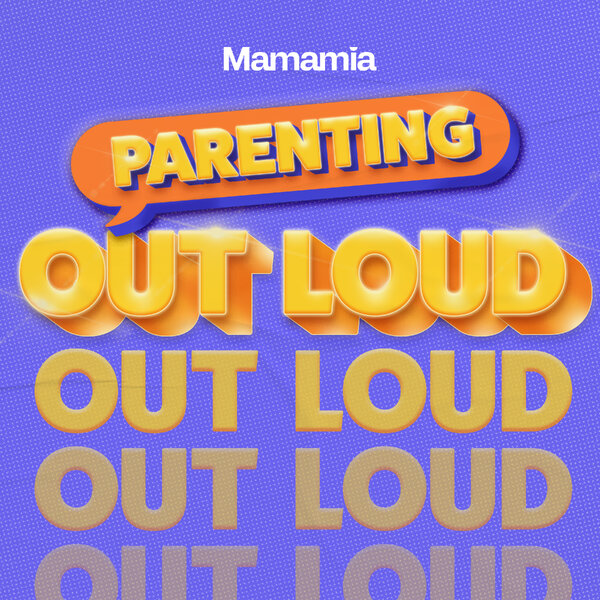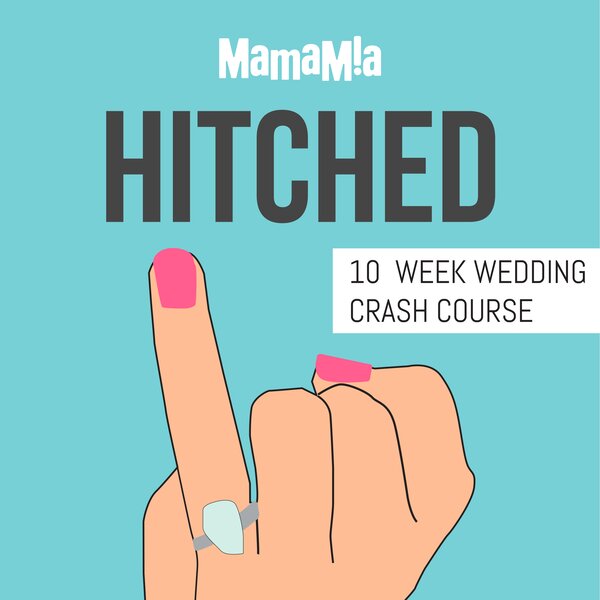BY SENATOR LISA SINGH
The March death of Everest man, Lincoln Hall, is a stark reminder that asbestos kills.
Lincoln cheated death when he survived a night at 8600m near the summit of Mount Everest, without oxygen or proper equipment. But there was no escaping the disease caused by exposure to asbestos as a nine-year-old.
Australia has one of the highest rates of mesothelioma in the world, with around 700 people diagnosed each year. And as Lincoln’s death some 47 years after helping his father build two cubby houses with asbestos sheeting reminds us, the time between exposure and the onset of symptoms can be anywhere from 20 to 50 years. For those who have already been exposed to this carcinogen, the reality is that it may be too late.
Thousands of Australians families still face the loss of a loved one, as experts predict the toll of asbestos-related disease will not reach its peak until 2020. An asbestos-related death is both swift and painful. Once symptoms show themselves it is usually a matter of months before death. Just five per cent of those diagnosed with mesothelioma survive five years or longer.
The dangers associated with asbestos have been known for decades. In the 1960s mesothelioma was first reported as a fatal cancer of the lining of the lungs after it was discovered among those exposed to asbestos in South Africa. However the effects of asbestos had troubled many in Australia and across the world since 1898, when British factory safety inspectors were said to have expressed concerns about the ‘evil effects’ of asbestos dust.
Australia has a history of mining and importing asbestos – then a ‘wonder material’ – which was used to manufacture a range of products like roofing and building materials, brake and clutch linings, vinyl floor tiles, water and sewerage piping and fireproof clothing. Asbestos mining ceased in 1983 and in December 2003 all forms of asbestos were banned from use in Australia.




























































































